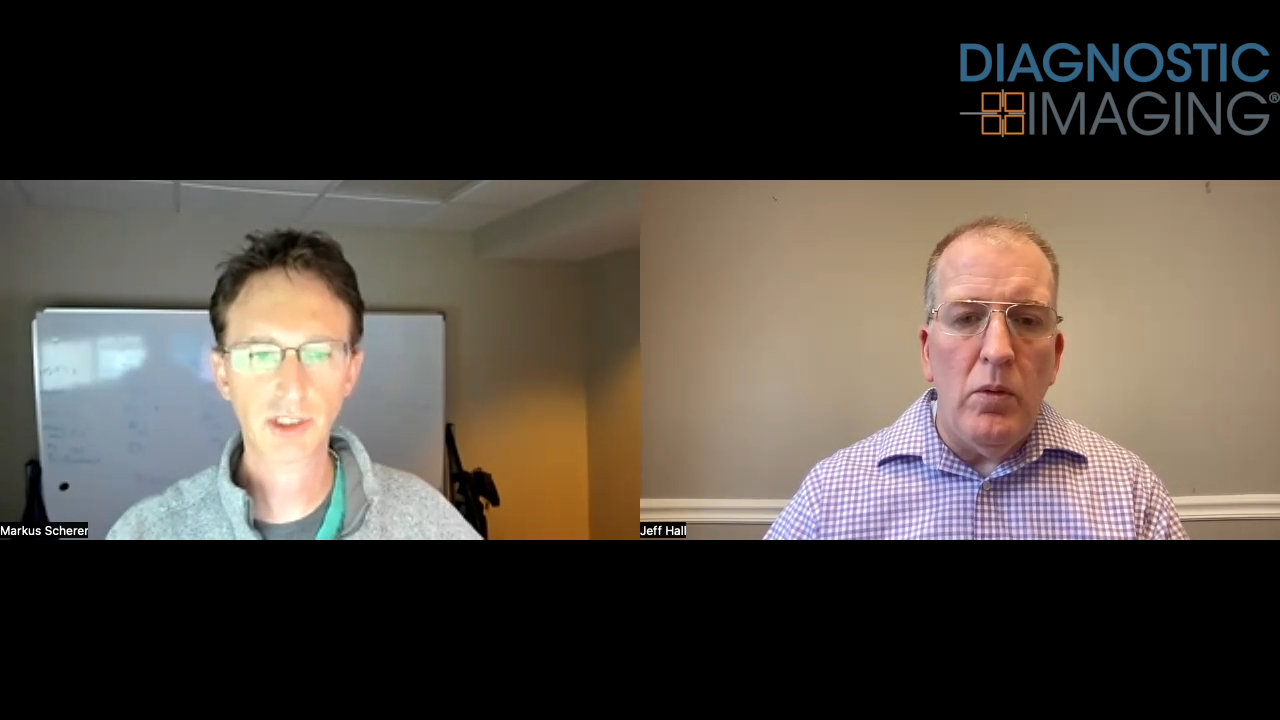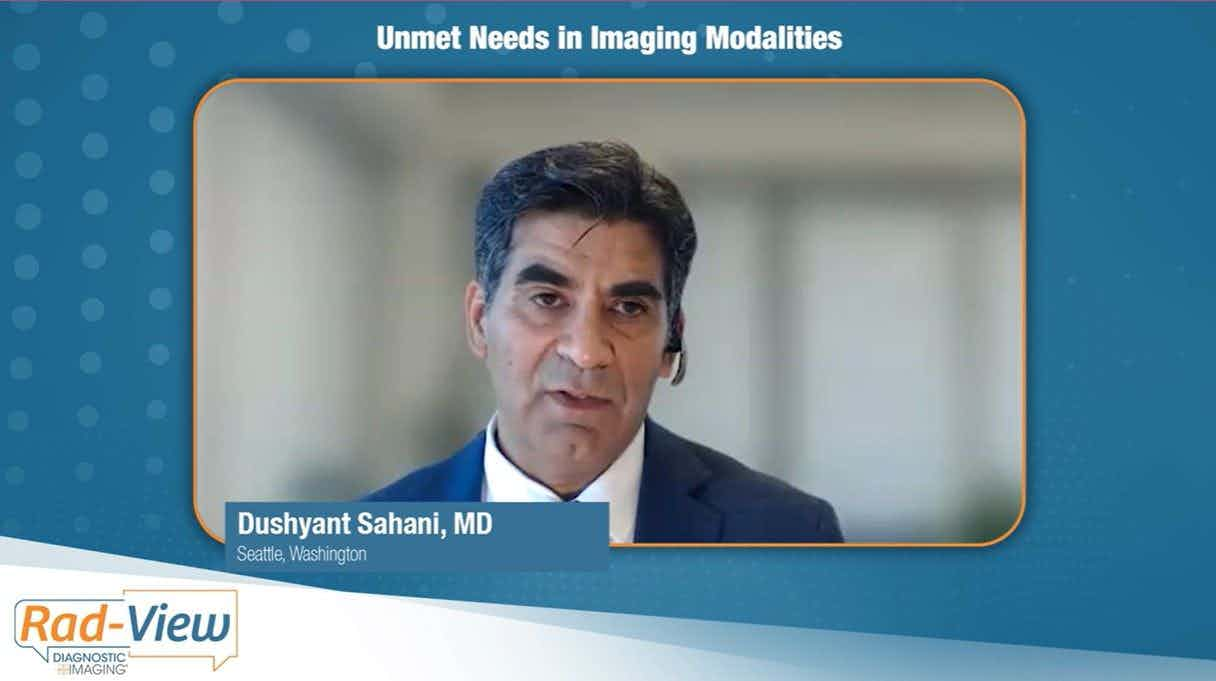CT vendors claim protocols cut coronary CTA dose
The importance of CT protocols that limit patient exposure to radiation became more evident this week with publication of research suggesting that routine screening with coronary CT angiography could pose an increased lifetime risk of cancer.
The importance of CT protocols that limit patient exposure to radiation became more evident this week with publication of research suggesting that routine screening with coronary CT angiography could pose an increased lifetime risk of cancer.
Vendors of CT equipment noted that computer modeling supporting this conclusion was based partly on data regarding radiation exposure among survivors of the atomic bombs dropped during World War II.
They did not, however, dispute the overall findings of researchers from Columbia University College of Physicians and Surgeons, in a paper published July 18 in the Journal of the American Medical Association, that routine exposure to x-rays from coronary CTA can lead to a substantially increased lifetime risk of cancer. Instead, they chose to emphasize methods they have developed for decreasing patient exposure to radiation.
Last year, the FDA cleared SnapShot Pulse for use on GE Healthcare's LightSpeed VCT. This protocol changes the scanner mode from a conventional spiral acquisition to step-and-shoot mode: The x-ray beam is turned off between axial acquisitions following each step of the patient through the gantry. This process repeats until the heart is covered, reducing patient exposure to radiation by 70% or more.
"You get a radical dose reduction because you don't have the overlap associated with helical imaging," said Gene Saragnese, GE vice president and general manager of CT and molecular imaging.
CT manufacturers may also use ECG-triggered tube current modulation to reduce dose. Siemens Medical Solutions does this on all multislice CTs, including its 64-slice scanner, to cut dose by as much as 80% at various times during the scan. In this way, data are acquired only during selected phases of the heartbeat.
The possibility that heightened cancer risk could be mitigated by such approaches was confirmed in the JAMA article, as were lifetime cancer risk variances according to age and gender.
Using a computational model integrating data about the health effects of radiation, Dr. Andrew J. Einstein and colleagues from Columbia found that the lifetime cancer risk for standard cardiac scans ranged from one in 143 for a 20-year-old woman to one in 3261 for an 80-year-old man. Use of ECG-tube current modulation decreased the risks to one in 219 for the 20-year-old woman and one in 5017 for the 80-year-old man.
Saragnese claims that SnapShot Pulse reduces patient exposure even further. The company has used tube modulation as the basis for all CT exams for some time, he said.
"Our 70% reduction is on top of the 35% (mentioned in the paper)," he said.
Not addressed in the JAMA article is Siemens' approach to coronary CTA using its dual-source Somatom Definition, which the company says decreases overall patient exposure despite the simultaneous use of two beams of x-rays. One reason is the reduced exposure time, as the dual beams allow substantially faster scans. The Definition employs other technologies to lower dose even further, including an adaptive reconstruction algorithm that makes the use of dose reduction methods possible, said Praveen Nadkarni, clinical business manager for Siemens.
"This filtration algorithm can improve the pixel quality in the images and reduce the confounding elements that you can have from reduced radiation exposure of the patient," he said.
Vendors agree that the need to minimize dose is essential, just as it is critical that the imaging community find improved ways to address coronary artery disease. CAD is the leading cause of death among adults in the U.S. and a major cause of healthcare expenditures, with annual costs up to $142 billion, according to the Columbia researchers. Coronary CTA shows promise as a diagnostic test for patients with intermediate risk of developing the disease. Until the JAMA study, however, little research has been done to assess the health effects of this testing.
"The results of this study suggest that CTCA should be used particularly cautiously in the evaluation of young individuals, especially women, for whom alternative diagnostic modalities that do not involve the use of ionizing radiation should be considered, such as stress electrocardiography, echocardiography, or magnetic resonance imaging," the authors wrote in their JAMA paper. "If CTCA is considered as an alternative to invasive coronary angiography, the risks and benefits of each test require consideration."










